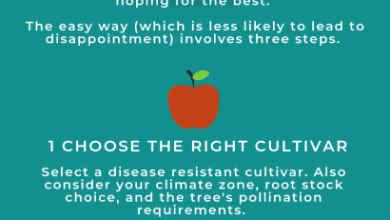Subsistence Agriculture: [Concept, Functioning, Advantages and Disadvantages]
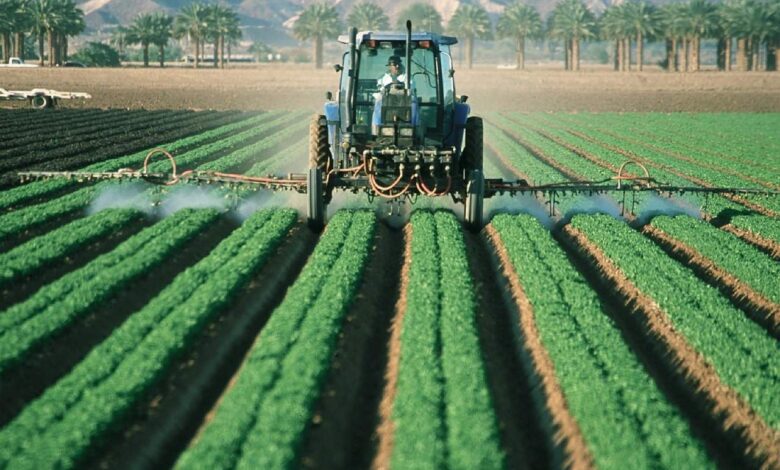
Subsistence farming it is a type of agriculture that is based on its own name: «subsist».
It means that the main objective of this type of agriculture is to produce enough food for a family.
Depending on the needs of the family members, between 1,000 and 40,000 square meters of land will be required.
What is subsistence farming?
Wikipedia defines it as «a mode of agriculture in which a part of the land produces only once a year enough to store food for the family that works on it.»
This agriculture makes use of natural resources , such as rainwater and make the most of natural resources.
Types of subsistence farming
exist three types of techniques used in subsistence agriculture , which have survived throughout the course of time . These are:
Extensive rainfed agriculture
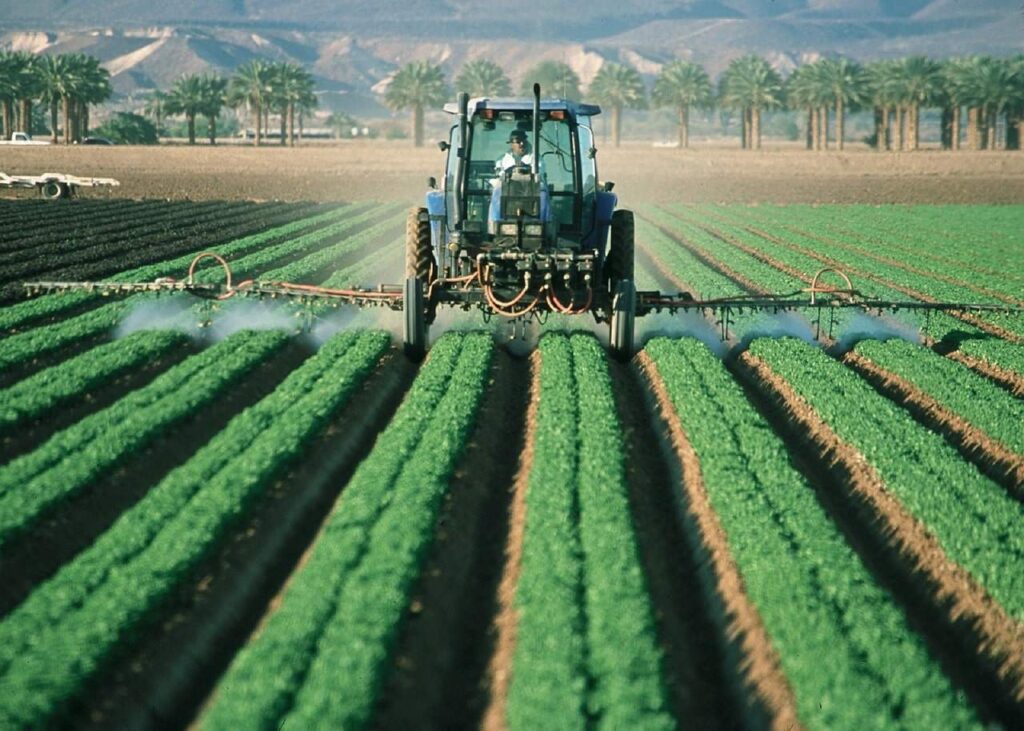 The fertilizer from the animals is integrated into the soil preparation . It is characterized by the alternation of crops, where a part of the land is left to rest, until it regains its fertility.
The fertilizer from the animals is integrated into the soil preparation . It is characterized by the alternation of crops, where a part of the land is left to rest, until it regains its fertility.
It is typical of the regions tropical from Africa, South America and Asia.
Agriculture by cremation or ashes
This modality prepare the fields of cultivation from the burning of the forests, since the ashes are used as a natural fertilizer.
It is practiced in many areas of South America and Asia.
Irrigated rice agriculture
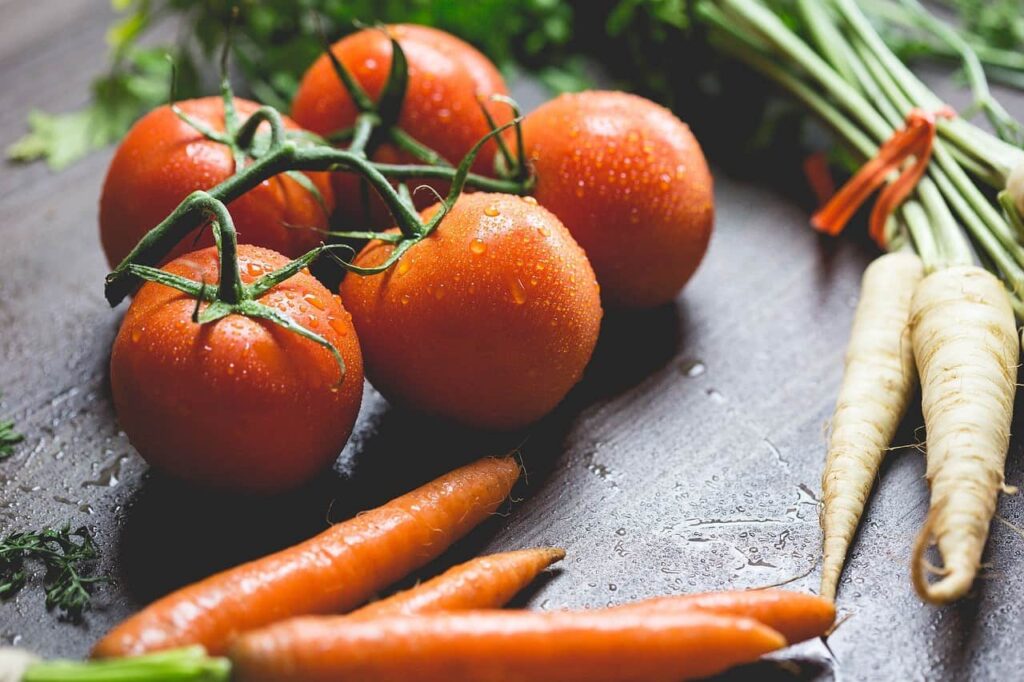 In regions where rain is abundant, rice is an ideal crop, especially since it does not impoverish soils. They take large tracts of land to plant one to one seeds , after flooding of the fields.
In regions where rain is abundant, rice is an ideal crop, especially since it does not impoverish soils. They take large tracts of land to plant one to one seeds , after flooding of the fields.
This modality is intensive and of high productivity , therefore it facilitates the self-consumption of a much larger population.
It has been perfected in the southern part of Asia , where it has been used since ancient times.
How did this type of agriculture come about?
A phenomenon that influenced the different development of agriculture on the planet is the so-called Younger Dryas, a phase of climatic cooling at the end of the Pleistocene.
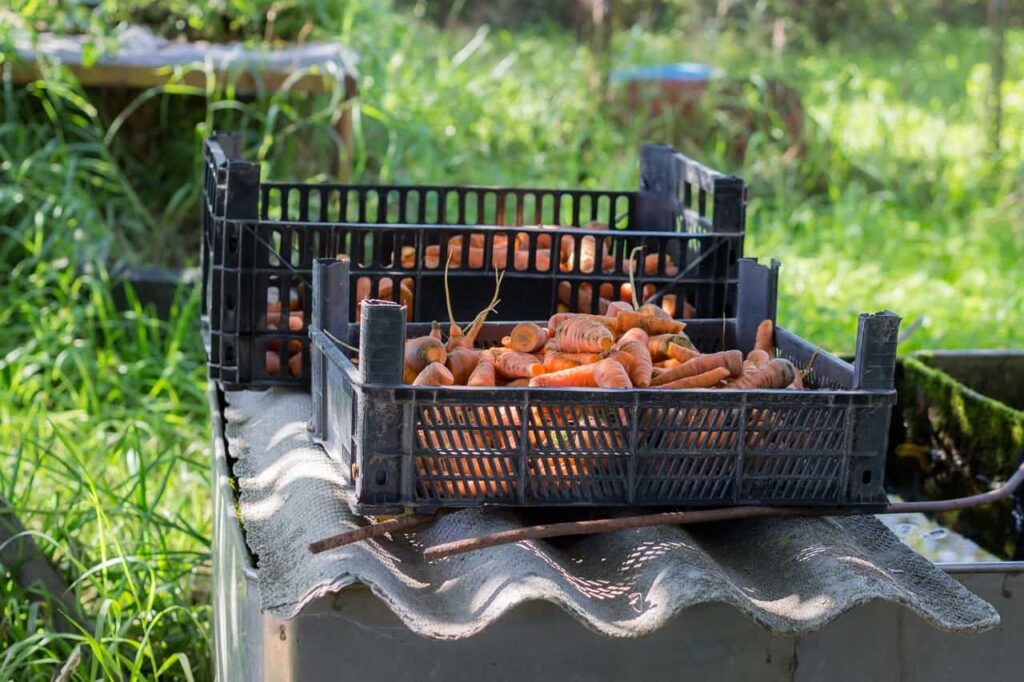 Its origin is framed in the appearance of human groups in the Paleolithic.
Its origin is framed in the appearance of human groups in the Paleolithic.
Archaeological evidence collected in the Near East shows that [humans began to collect more and more plants and cereals about 23,000 years ago. Hordes of collectors assumed these tasks framed in the so-called proto-agriculture.
With domestication, progress is made towards the so-called «Prolonged Agrarian Revolution . «
Occurs simultaneously in various latitudes of the planet and triggers the birth of animals smaller than their predecessors, while agricultural cultivation spread throughout the Mediterranean from 8,000 BC
Various scholars on the subject agree that agriculture was born in Turkey , where rye managed to be cultivated on a large scale and for the next thousand years, the practice spread to many other crops, including lentils , peas, and wheat .
In the same way, animal domestication progressed so that families ate pigs, goats, used sheep skin to cover themselves from the cold and donkeys as cargo transport.
From 7,000 BC crops originate in Europe, north of the old continent.
From then on, the inventiveness, the genius of man has not ceased in pursuit of continuing to extract food from the earth to survive to this day.
Why is subsistence farming important?
It reports food benefits to members of poor communities that survive thanks to the gifts that the earth lavishes, thanks to the execution of a series of activities developed with rudimentary tools used when natural conditions allow it.
Have priority tasks that allow produce those elements that favor the subsistence of the members of the community.
What advantages and disadvantages does it have?
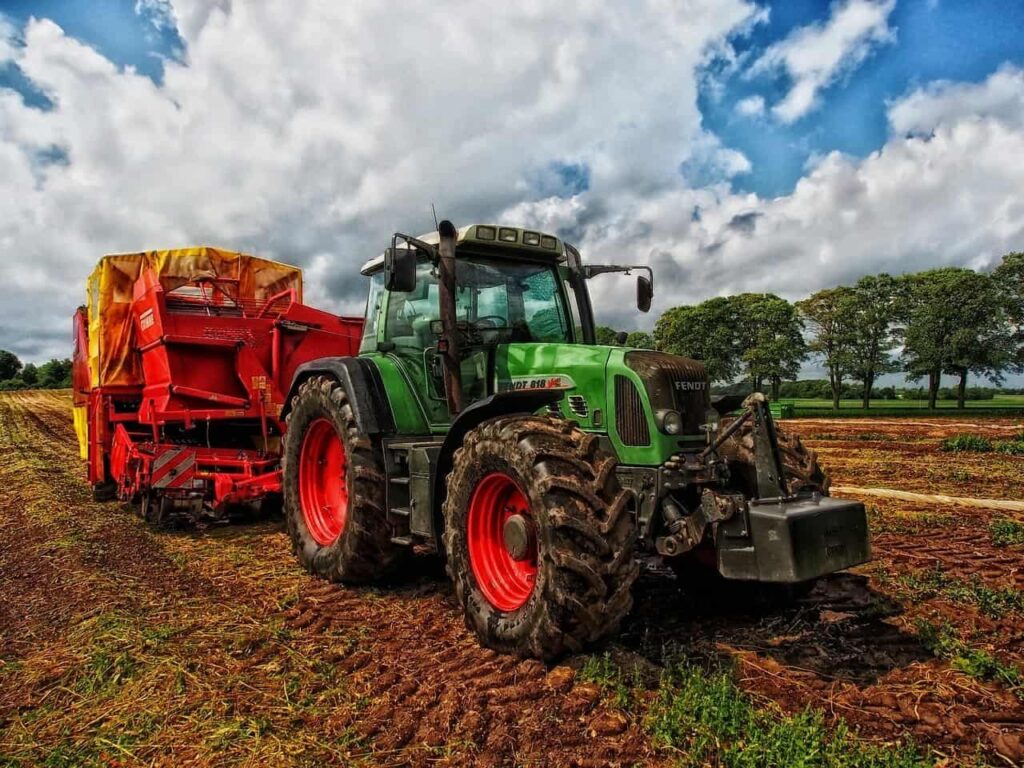 The possibility of self-sufficiency continues to be a true blessing, even in these times of great technological innovations and high industrial development.
The possibility of self-sufficiency continues to be a true blessing, even in these times of great technological innovations and high industrial development.- It allows communities to plan based on their own resources , without dependence on external elements from the industrial and economic sphere , which in some cases can be more unstable.
- You do not need to invest large sums of money in infrastructure and logistics, because your scope is local and your production is minimal.
- It establishes indissoluble links with nature and its processes in a harmonious way, ostensibly reducing environmental damage , since it does not use erosive agents that harm the planet’s biodiversity.
- The food produced is not contaminated with chemical residues from pesticides and pesticides that are applied in intensive or industrialized agriculture , so the beneficiary families consume 100% ecological products ( compost , manure , potassium soap …).
- In the event of a production surplus, food bartering can be implemented in a community to add value to the activity.
- When the weather conditions are adverse , this agriculture can hardly fully satisfy the food needs of poor families, because the crops depend on the intensity of the rains.
- It does not generate progress or development because it is just limited to providing the minimum to survive.
- If the production process is interrupted by exogenous factors that subsistence farmers cannot control (severe storms or droughts, for example), famines can ensue due to zero food production .
How is it different from other types of agriculture?
Another characteristic that differentiates it from other harvest modalities is that in This agriculture only sells a small part of what is harvested, to cover other basic needs of the family.
Although productivity is low, subsistence farming takes advantage of the best of the environment and progresses with the times of nature . It generally produces one crop per year taking advantage of the rain cycle.

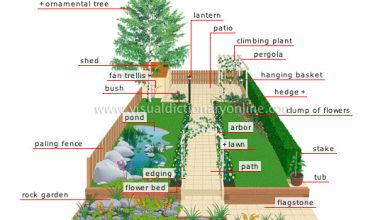
![Photo of Jade Plant: [Cultivation, Irrigation, Associations, Pests and Diseases]](https://www.complete-gardening.com/wp-content/uploads/2022/08/jade-plant-cultivation-irrigation-associations-pests-and-diseases-390x220.jpg)
![Photo of How to Plant the Money Plant: [Method, Care and Complete Guide]](https://www.complete-gardening.com/wp-content/uploads/2022/08/how-to-plant-the-money-plant-method-care-and-complete-guide-390x220.jpg)
